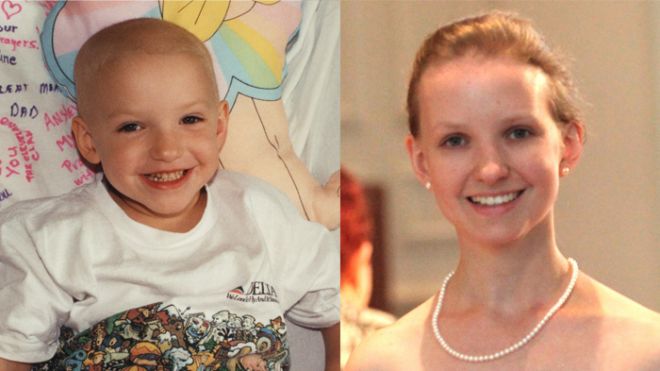In-flight emergencies: Not as common as you think
Medical emergencies can occur at any time and that means, even while you’re on vacation or flying to your destination. But don’t be alarmed; you may be surprised as to how rare they are. A recent study published in the New England Journal of Medicine investigated the outcomes of medical emergencies on commercial flights between 2008 and 2010.   They found that for every 1 million passengers, 16 emergencies occurred – in other words, one emergency for every 600 flights.   The most common emergencies included fainting at 37.4 percent, respiratory symptoms at 12.1 percent and nausea or vomiting at 9.5 percent.  Interestingly, cardiovascular events like cardiac arrest, and obstetric or gynecological issues each accounted for less than or equal to 0.5 percent.   The Federal Aviation Administration (FAA) mandates that all aircraft carry an emergency medical kit.  These kits are required to have, among other things, aspirin tablets, nitroglycerine tablets, saline solution and epinephrine. These kits are designed to provide flight crew or on-board medical professionals with resources to treat ill passengers, after consulting a ground-based physician in a medical communication center.   According to the report, flights had to be diverted and land at a different destination in only 7.3 percent of the cases.  Often, the reason flights were able to continue to the original destination is because of the training of the flight crew, the supplies in mandatory medical kits and the presence of medical professionals on board.   Oxygen was the most commonly used treatment almost 50 percent of the time, followed by saline solution at 5.2 percent and aspirin at 5 percent. This study does a nice job quantifying the incidence of in-flight medical emergencies and the resulting treatments and providers.   Keep in mind that such medical emergencies are rare, but do occur daily given the vast amount of airline travel across the world.   Rest assured that traveling physicians and other medical professionals are often on board and able to help ill passengers; at minimum, the flight crew will have contact with a physician at an academic medical communication center to remotely aid in treatment.  Dr. David B. Samadi is the Vice Chairman of the Department of Urology and Chief of Robotics and Minimally Invasive Surgery at the Mount Sinai School of Medicine in New York City. He is a board-certified urologist, specializing in the diagnosis and treatment of urological disease, with a focus on robotic prostate cancer treatments. To learn more please visit his websites RoboticOncology.com and SMART-surgery.com. Find Dr. Samadi on Facebook.source : http://www.foxnews.com/health/2013/06/05/in-flight-emergencies-not-as-common-as-may-think/
